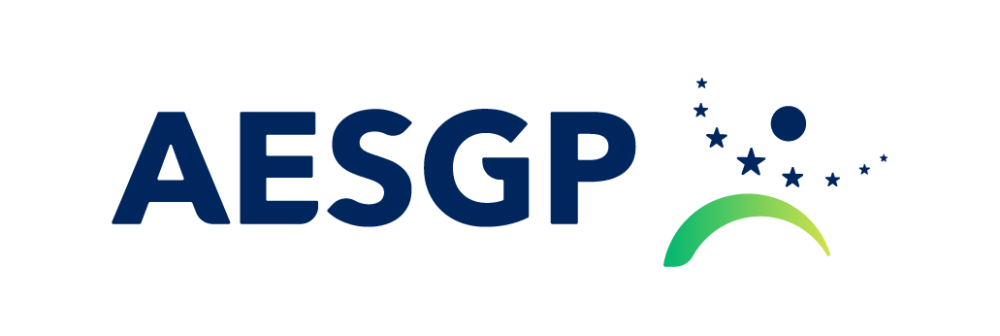Brussels, 20 March 2024 – The European Union is undergoing a significant shift from traditional paper-based Patient Information Leaflets (PILs) to a fully digital product information system, with the aim of enhancing healthcare communication and patient information accessibility across member states. In 2023, IPSOS ran an independent consumer survey in six EU Member States to build a better understanding of EU consumers’ perceptions and expectations with regard to product information for non-prescription medicines and their readiness to use digital formats.
All medicinal products authorized in the European Union must include a Patient Information Leaflet (PIL). In its current paper format, this document serves as an important information source for patients. It contains extended information about the product and how to take it, supplementing information presented on the physical packaging (e.g. carton or label). Particularly for non-prescription medicines, patient information leaflets are especially important to support the safe use where healthcare professional oversight is not always present.
The future of product information is digital
Electronic Product Information (ePI) – or “digital leaflet” – is not a new concept and refers to the product information adapted for handling in electronic format (via a bidimensional barcode available on the outer packaging, and accessible from a mobile phone, for example). However, its use and availability are currently limited. The revision of EU pharmaceutical legislation has amongst its objectives to leverage digitalisation, including the implementation of digital leaflets.
The recent IPSOS survey results revealed that:
- 75% of respondents who have purchased non-prescription medicines always or usually read some of the patient information provided on the packaging or in the patient leaflet.
- Nearly half of respondents – 44% – already accessed a digital information leaflet for a non-prescription medicine within the past year.
With the evolution of internet access and new technologies, this means that digital leaflets are not just a ‘nice to have’ possibility, but an important tool with a potential to be explored.
Inclusivity at the core
Careful considerations are necessary when introducing changes to well-established systems. The IPSOS survey identified key obstacles to overcome for a seamless transition to digital-only product information. These include challenges such as access to digital devices or internet connectivity, varying levels of digital literacy (often linked with age and education), and general reluctance towards complete digital adoption.
Despite these challenges, the advantages of digital product information systems are manifold:
- For patients: Enhanced accessibility (e.g. voice reading), real-time updates, multilingual support, improved readability (e.g. font size), visual aids (e.g. use videos), inclusivity, and personalized content.
- For manufacturers, healthcare systems and society: Rapid updates, integration with pharmacovigilance systems, and reduction of environmental impact through decreased waste.
Patient Information Leaflet should also be simplified with more accessible information
Digital product information systems have a unique potential for improving people’s access to information. The language used in traditional product information leaflets has often been reported as too complex or technical. The transition to digital presents an opportunity to streamline information structure, format and content. Prioritizing essential information for patients will provide a safeguard, as we progressively encourage the adoption of digital product information as they become supplementary to and eventually replace paper leaflets.
The ongoing transition towards a fully digital product information system represents a positive transformation for European healthcare, with many benefits for all stakeholders involved. Aligned with the rising prevalence of internet access and digital literacy across EU households, this shift will also contribute to improved health literacy, patient empowerment, and environmental sustainability.
As we navigate this transformative journey, AESGP remains committed to collaborating with all stakeholders to ensure no one is left behind.
